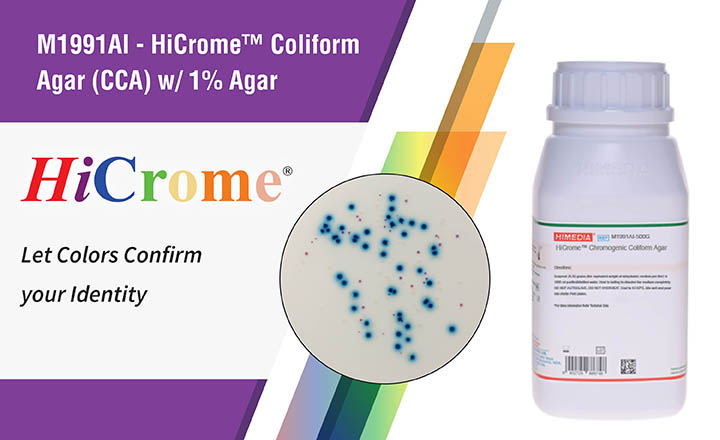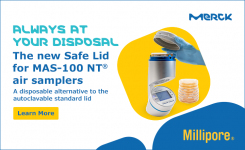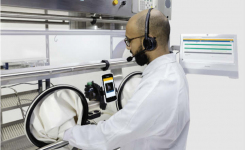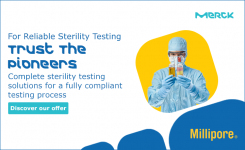On March 22nd, we celebrated world water day, an international observance and an opportunity to learn more about water related issues and take action. Safe and clean drinking water has been recognized by the UN since 2010 as a basic human right.
Microbial contamination in drinking water is a constant threat to consumer safety. It is therefore important to carry out routine testing to help maintain water integrity and determine if there could be any contamination. It is not feasible to test for every unique potential pathogen that could be present in water, so the current methodology is to analyze for the presence of indicator organisms. These are organisms which can indicate the probable presence of pathogens and fecal contamination, but they can also be reliably detected at low concentrations, have better survival than the pathogen and be easily analyzed in the laboratory.
For these reasons, the standard indicator organisms used for testing the quality of drinking water are E. coli and coliform bacteria, which provide a rapid and cost-effective technique for monitoring contamination.
The microbial quality testing of water is regulated by the international organization for standardization though the ISO 9308-1:2014 method, which was amended in 2016. This reference method describes how to test for E. coli and coliform indicator organisms in water with low bioburden, such as drinking water and disinfected pool water, using the membrane filtration method and chromogenic coliform agar (CCA).
Dr. Andreas Bubert, Senior Product Manager at the innovation & technology company Merck KGaA, Darmstadt, Germany, will guide you through the method and amendments of ISO 9308-1 and the membrane filtration testing workflow, including the use of CCA media and the oxidase test.
Take 14 minutes to find out more and watch his presentation.
























